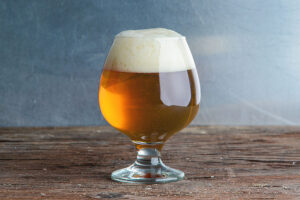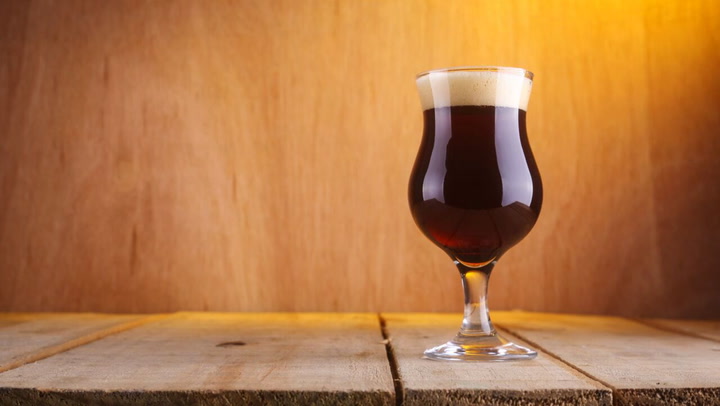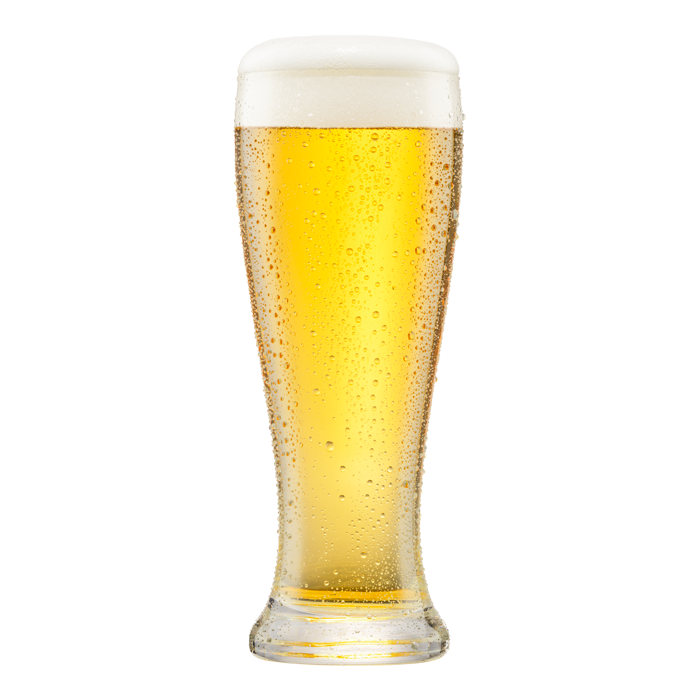Backcast belgian session ale recipe a guide for homebrewers
The Backcast Belgian Session Ale is an exciting beer style that combines the refreshing characteristics of a session ale with the complex, fruity, and spicy notes of Belgian yeasts. Originating from Coopers Brewery as the May 2022 “Recipe of the Month,” this recipe offers a great opportunity for homebrewers to experiment with a lighter, low-alcohol Belgian ale that still packs a punch in flavor.
Key Characteristics of a Belgian Session Ale
A session ale is typically defined by its lower alcohol content, making it ideal for social drinking without the heaviness of higher ABV beers. The Belgian twist comes from the use of distinctive yeast strains, which impart fruity esters and phenolic spice notes that are characteristic of classic Belgian ales.
The Backcast Belgian Session Ale falls into the Belgian Pale Ale category but is brewed to be more sessionable, meaning it has a lower alcohol content while still delivering a full flavor experience. This beer balances malty sweetness, mild bitterness, and a distinct yeast character, making it a refreshing option for summer or casual drinking.
Ingredients Breakdown
For brewing this session ale, the ingredient list is fairly straightforward, consisting of a mix of pale and specialty malts, hops, and a Belgian yeast strain. Here’s a more detailed breakdown of the main components used in this recipe:
Malts:
- Pale Ale Malt: The backbone of the beer, providing a malty, biscuity flavor.
- Caramalt: Adds sweetness and a caramel note, enhancing body and color.
- Vienna Malt: Used to give a toasty, slightly nutty flavor, contributing complexity to the malt profile.
These malts are carefully chosen to create a smooth malt base that supports the more assertive yeast and hop flavors without overwhelming them.
Hops:
- Saaz Hops: Known for their mild, earthy, and herbal aroma, Saaz hops are a staple in European brewing, contributing a subtle bitterness to the beer.
- East Kent Goldings: A classic English hop variety, these hops bring a floral and slightly spicy character to the mix.
- Fuggles: Another traditional English hop, Fuggles adds an earthy and woody flavor, enhancing the overall hop complexity of the ale.
Yeast: The Belgian yeast strain used in this recipe is critical to developing the fruity and spicy esters that are the hallmark of this style. Common strains used for Belgian ales produce phenolic compounds that give hints of clove, pepper, and banana, which interplay nicely with the malt and hop characteristics.
Step-by-Step Brewing Process
- Mash: The brewing process begins with mashing the malt at a target temperature of 66°C (150°F) for around 75 minutes. This ensures proper conversion of starches to fermentable sugars. For best results, aim for a mash thickness of 3.13 liters per kilogram of grain to optimize extraction.
- Boil: After mashing, the wort is boiled for 60 minutes, during which the hops are added. The Saaz hops go in at the start of the boil for bitterness, followed by East Kent Goldings and Fuggles later in the process to add depth to the hop profile.
- Fermentation: Once the boil is complete, the wort is cooled and transferred to a fermenter. The Belgian yeast is then pitched at an ideal fermentation temperature of 18-28°C (64-82°F). Fermentation typically takes around two weeks, during which the yeast will produce the characteristic fruity and spicy flavors.
- Conditioning: After primary fermentation, the beer is conditioned for a further 1-2 weeks. For bottle conditioning, priming sugar is added to the beer before bottling to create carbonation. Aim for a CO2 level of around 2.2 volumes, which gives the beer a light and effervescent mouthfeel.
Tasting Notes and Pairing Suggestions
Once brewed and conditioned, Backcast Belgian Session Ale presents a golden color with a moderate head. The aroma is a mix of fruity esters—think ripe banana and pear—alongside subtle spice and earthy hop undertones. On the palate, the beer is light yet flavorful, with a balance between malt sweetness, hop bitterness, and the distinctive Belgian yeast character.
This beer pairs well with lighter fare such as salads, seafood, and mildly spiced dishes. The fruity and spicy notes complement dishes with citrus and herbal components, while the light body ensures it doesn’t overpower more delicate flavors.
Brewing Tips for Success
- Control Fermentation Temperature: Belgian yeast strains are sensitive to temperature, and controlling the fermentation environment is key to producing the desired esters and phenolics. Higher temperatures (closer to 28°C) will enhance the fruity and spicy notes, while cooler temperatures will result in a cleaner, more subdued yeast profile.
- Experiment with Hops: While the recipe calls for specific hops, you can experiment with other noble hop varieties like Hallertau or Tettnang for a slightly different flavor profile. Just ensure that the hops complement, rather than overpower, the Belgian yeast characteristics.
- Carbonation Levels: Proper carbonation is essential for bringing out the best in this beer. Too much carbonation can make the beer overly fizzy, while too little can leave it flat. Use a priming sugar calculator to ensure you’re adding the right amount of sugar for bottle conditioning.
Final Thoughts
The Backcast Belgian Session Ale is a versatile recipe that offers both novice and experienced homebrewers the chance to create a flavorful, sessionable beer with a distinct Belgian twist. The combination of pale malts, mild hops, and expressive yeast makes for a balanced yet complex beer that’s perfect for warm weather or casual gatherings.
With attention to detail during the brewing process, especially in terms of fermentation control, you can craft a refreshing, low-alcohol ale that still delivers a big flavor punch typical of Belgian styles. Enjoy your brewing journey!


